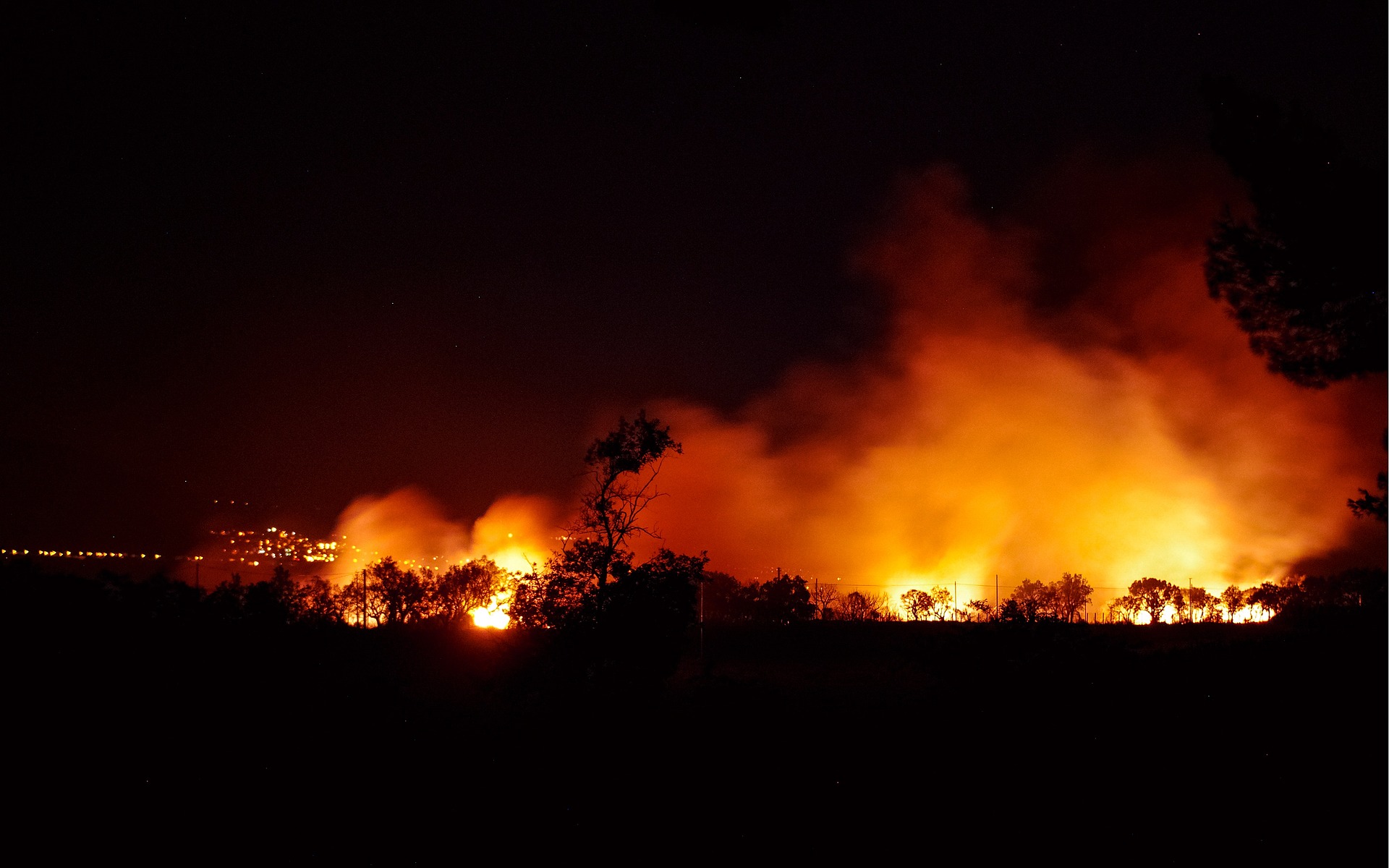 If your homeowners association (“HOA”) is located in a high-risk fire area, what can your Board of Directors do if the current master policy of fire and casualty insurance on your condominium or townhome buildings is not renewed? Due to the massive wildfires that have swept California over the past two years, many insurance companies (and their re-insurance partners) are reassessing their willingness to underwrite fire and casualty insurance in the state. Those carriers that are willing to write coverage are limiting their risk exposure by greatly reducing the coverage limits available for purchase. To compound this problem, the premiums being quoted are 5-10 times the amount of the prior year’s premium for much less coverage.
If your homeowners association (“HOA”) is located in a high-risk fire area, what can your Board of Directors do if the current master policy of fire and casualty insurance on your condominium or townhome buildings is not renewed? Due to the massive wildfires that have swept California over the past two years, many insurance companies (and their re-insurance partners) are reassessing their willingness to underwrite fire and casualty insurance in the state. Those carriers that are willing to write coverage are limiting their risk exposure by greatly reducing the coverage limits available for purchase. To compound this problem, the premiums being quoted are 5-10 times the amount of the prior year’s premium for much less coverage.
In order to protect the HOA and the members’ investment in their homes, members should contact their own insurance broker and inquire into purchase of an HO-3 policy that will cover the portion of the condominium (or townhome) building containing that member’s unit. An alternative insurance product, combining “Building Property” coverage with the member’s HO-6 unit policy, may also be available. Members should also consider adding “Loss Assessment” coverage to their current unit policy to offset exposure to future special assessments.
Many HOAs are finding that they are unable to purchase “full replacement” coverage for the attached common buildings at any price. These HOAs are electing to purchase whatever reduced coverage is available and affordable and passing the increased premium costs back to the members as a special assessment. With the current lack of any legislative solution from Sacramento, combining reduced coverage under the HOA’s master policy with individual purchase of an HO-3 policy may represent the only available option for members to protect their investment for the foreseeable future.
HOAs facing this problem should carefully consult with their insurance broker and legal counsel to assure that the Board is acting reasonably and obtaining the maximum amount of fire and casualty insurance coverage that is available and affordable. Boards of Directors should also consider whether any amendments to the HOA’s governing documents are needed to limit the risk of claims against the HOA for underinsuring the project and requiring members to obtain additional building property coverage on their individual unit policy.
| Non-renewal of an HOA’s master casualty and liability insurance policy can have disastrous effects on the HOA’s finances and the value of the member’s separate interests. This is why HOA’s should immediately contact their legal counsel in the event they receive a notice of non-renewal. |
 HOA Lawyer Blog
HOA Lawyer Blog


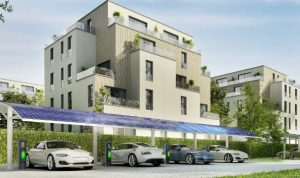 For more than a decade, the California Legislature has passed laws making it easier for residents to install
For more than a decade, the California Legislature has passed laws making it easier for residents to install 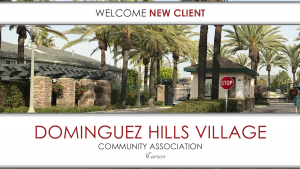 It’s our privilege to welcome Dominguez Hills Village Community Association to Tinnelly Law Group’s growing family of HOA clients.
It’s our privilege to welcome Dominguez Hills Village Community Association to Tinnelly Law Group’s growing family of HOA clients.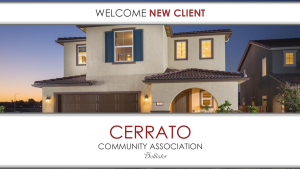 It’s our privilege to welcome Cerrato Community Association to Tinnelly Law Group’s growing family of HOA clients.
It’s our privilege to welcome Cerrato Community Association to Tinnelly Law Group’s growing family of HOA clients. Asked – Our HOA Board of Directors has become aware of a potential issue with the fire resistive construction in the walls between two condominium units. The Board is split on whether notice to the membership as a whole is warranted at this time, prior to the conclusion of the investigation, given that this potential issue affects a life safety system. Half of us feel that the issue is only technical in nature, while the other half believes that any potential issue should be communicated to the membership. We do not want to unnecessarily alarm the membership or incur thousands of dollars investigating the issue throughout the community if it is not significant, but at the same time we do not want to expose the Board or Association to a risk of liability.
Asked – Our HOA Board of Directors has become aware of a potential issue with the fire resistive construction in the walls between two condominium units. The Board is split on whether notice to the membership as a whole is warranted at this time, prior to the conclusion of the investigation, given that this potential issue affects a life safety system. Half of us feel that the issue is only technical in nature, while the other half believes that any potential issue should be communicated to the membership. We do not want to unnecessarily alarm the membership or incur thousands of dollars investigating the issue throughout the community if it is not significant, but at the same time we do not want to expose the Board or Association to a risk of liability.  Asked – Several members of our association have requested that we convert a portion of our common area into a pickleball court. Does your office recommend moving forward with the installation?
Asked – Several members of our association have requested that we convert a portion of our common area into a pickleball court. Does your office recommend moving forward with the installation?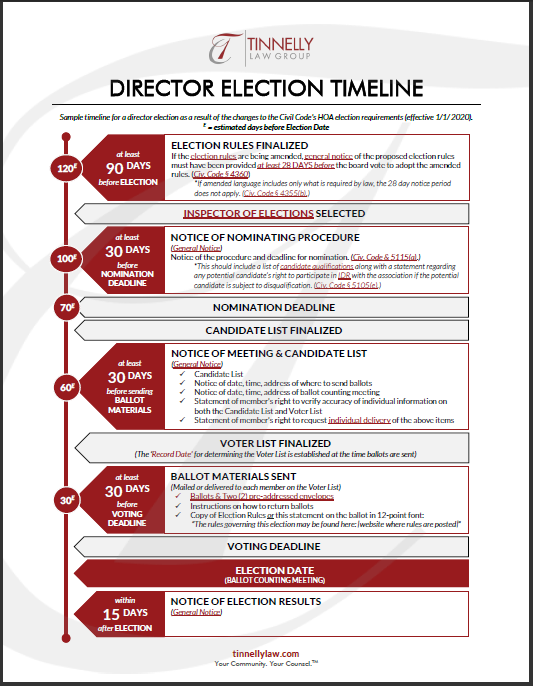
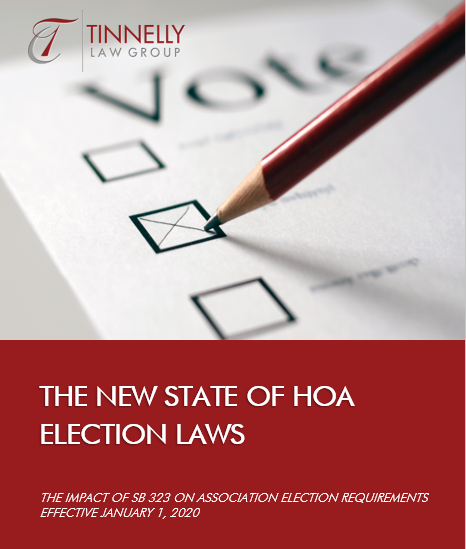
 *New Legislation
*New Legislation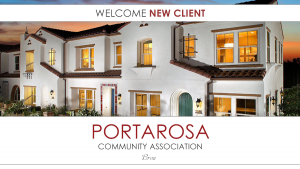 It’s our privilege to welcome Portarosa Community Association to Tinnelly Law Group’s growing family of HOA clients.
It’s our privilege to welcome Portarosa Community Association to Tinnelly Law Group’s growing family of HOA clients.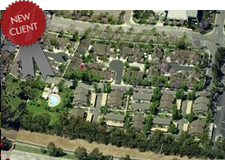 We are proud to announce that Park Vista Maintenance Association has selected Tinnelly Law Group as their association’s legal counsel.
We are proud to announce that Park Vista Maintenance Association has selected Tinnelly Law Group as their association’s legal counsel.